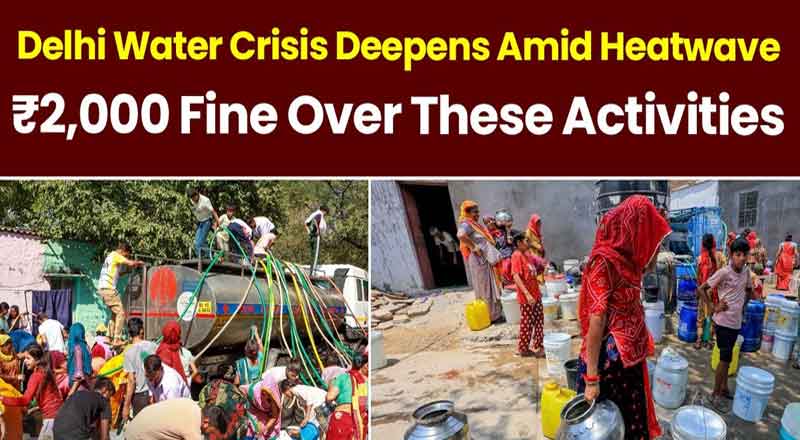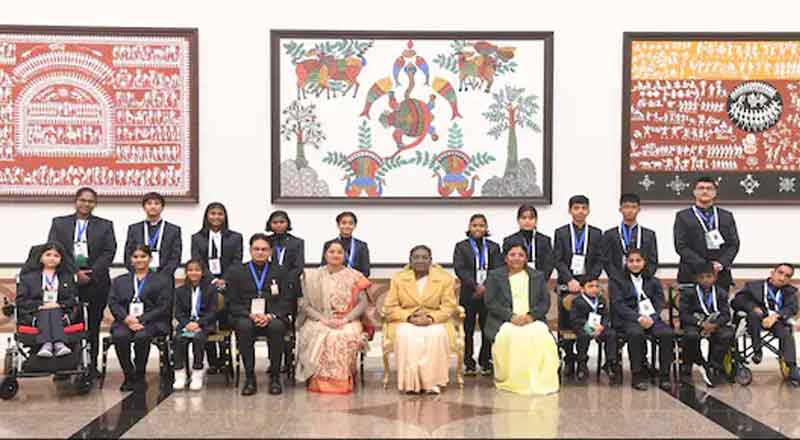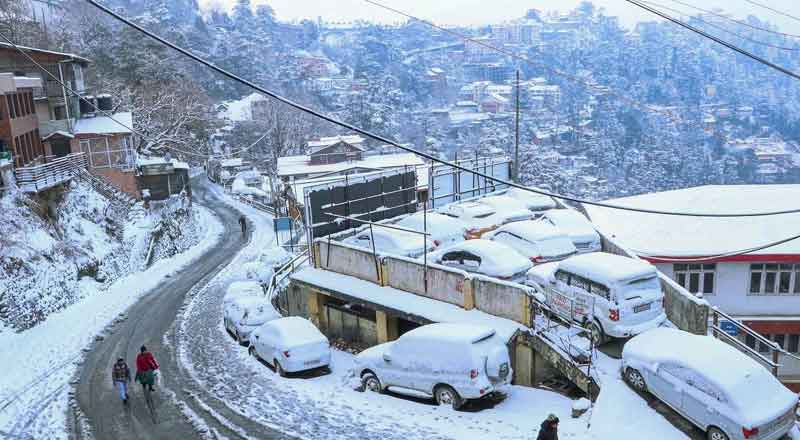As Delhi grapples with the dual challenges of a scorching heatwave and looming water scarcity concerns, a deeper understanding of the capital’s intricate water supply mechanisms becomes imperative. Here’s an expanded exploration of Delhi’s water sources, the recent crisis triggers, and the complexities involved:
Water Sources for Delhi:
Delhi’s water supply predominantly hinges on the Yamuna, Ravi-Beas, and Ganga rivers. Ganga water, channelled through the Upper Ganga Canal in Uttar Pradesh, constitutes a significant portion, providing approximately 254 MGD (million gallons per day). Channels such as the Carrier Lined Channel (CLC) and the Delhi Sub Branch (DSB) originating from Haryana contribute around 565 MGD of water from the Yamuna and Ravi-Beas rivers. Additionally, direct extraction from the Yamuna river supplements Delhi’s supply, collectively contributing to a total supply of 612 MGD. Groundwater extraction, facilitated through tubewells and ranney wells, further augments Delhi’s water resources by approximately 135 MGD.
Triggers for Delhi’s Water Shortage:
The recent water scarcity concerns coincide with a notable dip in the operational capacity of the Wazirabad Water Treatment Plant (WTP) during the period from May 12 to June 1. The heightened water demand exacerbated by the heatwave compounded the impact of the WTP’s operational limitations. The Wazirabad WTP, a crucial facility with a capacity of 131 MGD, caters to significant areas across north, central, and south Delhi.
Challenges Faced by Wazirabad WTP:
Operational challenges at the WTP stemmed from reduced water availability from the Yamuna due to inadequate rainfall in catchment areas. The water levels at the Wazirabad reservoir plummeted below normal thresholds, severely affecting the plant’s operational efficiency. Seepage losses during transit, coupled with evaporation and insufficient rainfall, exacerbated concerns surrounding water scarcity.
Quantifying Delhi’s Water Allocation:
Delhi’s water allocation from the Yamuna, regulated by the Upper Yamuna River Board, amounts to roughly 435 MGD. The 1994 water-sharing agreement among Haryana, Uttar Pradesh, Rajasthan, Himachal Pradesh, and Delhi delineates an allocation of 0.076 billion cubic meters of water for Delhi from March to June annually. Supreme Court directives underscore the criticality of maintaining adequate water levels in Wazirabad and Hyderpur reservoirs to meet Delhi’s burgeoning domestic water demands.
Recent Supreme Court Intervention:
In response to Delhi’s pressing water crisis, the Supreme Court intervened by directing the Himachal Pradesh government to release 137 cusecs of surplus water to Delhi through the Yamuna. The court’s proactive intervention seeks to alleviate immediate water shortage concerns and ensure uninterrupted water supply to the national capital. Understanding the nuanced dynamics of Delhi’s water supply underscores the imperative for collaborative efforts among neighboring states, regulatory bodies, and local administrations. Proactive measures, coupled with long-term planning and sustainable water management practices, are indispensable in safeguarding Delhi’s water security amidst escalating climate variability and urban water demand.
(With inputs from agencies)





